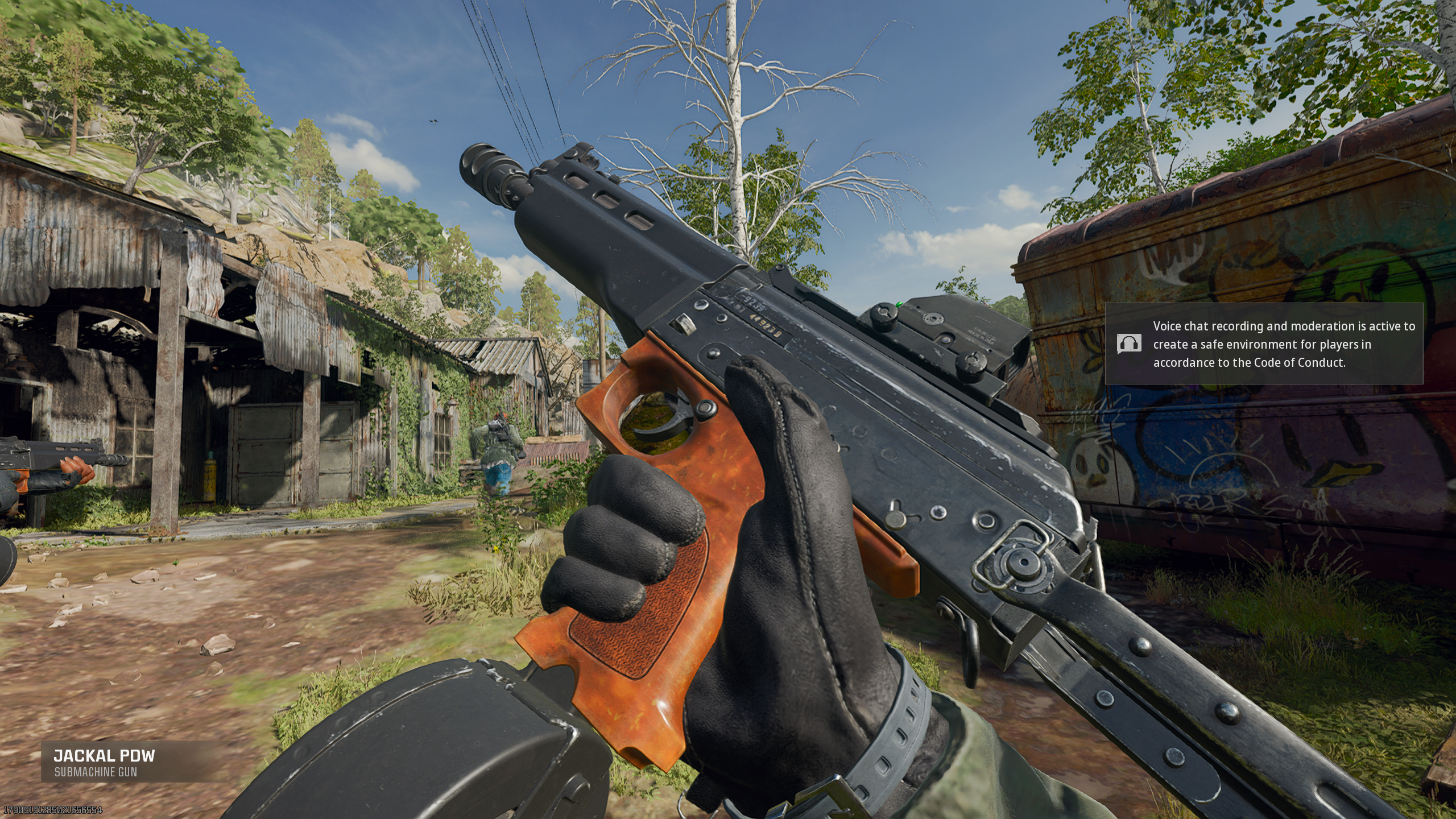SNES Speed Increases with Age, Puzzling Speedrunners
The speedrunning community is buzzing with excitement over a surprising technological phenomenon: the Super Nintendo Entertainment System (SNES) appears to be running games faster as it ages. In early February, Alan Cecil, a Bluesky user known as @tas.bot, sparked widespread interest when he suggested that the nearly 50 million SNES units sold might now be performing better than they did fresh off the production lines in the 1990s. This theory implies that classics like Super Mario World, Super Metroid, and Star Fox could be running at an enhanced speed, contrary to the expected wear and tear of time.
The notion that a console could improve its performance over time might sound far-fetched, but Cecil's research points to a specific component: the SNES's audio processing unit (APU) SPC700. According to an interview with 404 Media, official Nintendo specs indicate the SPC700 has a digital signal processing (DSP) rate of 32,000Hz, controlled by a ceramic resonator running at 24.576MHz. However, enthusiasts have noted that these specs aren't entirely accurate, with recordings over the decades revealing varying DSP rates influenced by environmental factors like temperature. This variance affects how the console processes audio and, consequently, impacts game speed, albeit subtly.

Cecil's investigation took a significant turn when he asked SNES owners to record data from their units. After collecting over 140 responses, a clear trend emerged: recent measurements show an increase in DSP rates. Previously, the average DSP for the SPC700 was around 32,040Hz in 2007, but Cecil's data now suggests an average of 32,076Hz. Although temperature fluctuations do affect these rates, they don't account for the significant increase observed. It appears the SNES is indeed processing audio faster as time progresses.
In a follow-up Bluesky post, Cecil shared a layout of the data, revealing that "Based on 143 responses, the SNES DSP rate averages 32,076Hz, rising 8Hz from cold to warm. Warm DSP rates go from 31,965 to 32,182Hz, a 217Hz range." He noted that temperature's impact is less significant than the overall trend, but the exact reasons behind this phenomenon and its effect on games remain a mystery.
While intriguing, Cecil acknowledges that further research is necessary to understand not just the extent of the SNES's increased processing speed but also its underlying causes. Historical data from the console's first decade is scarce, complicating the investigation. Nevertheless, as the SNES approaches its 35th birthday, it seems to be aging gracefully.
The implications of this discovery are particularly significant for the speedrunning community. An SPC700 that processes audio faster could theoretically reduce load times and affect game performance. However, the impact on speedruns might be minimal, with even the most extreme scenarios likely shaving off less than a second. The effect on different games is still up for debate, and no definitive conclusions have been reached about longer speedruns. The community's research is still in its early stages, but for now, the consensus is that players have little to worry about.
As Cecil continues to delve into what drives the SNES's performance, the console is thriving in its 30s. For more insights into the SNES, you can check its ranking on the list of best-selling consoles of all time.
Latest Articles































